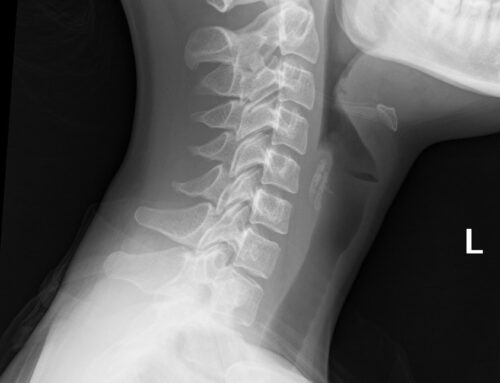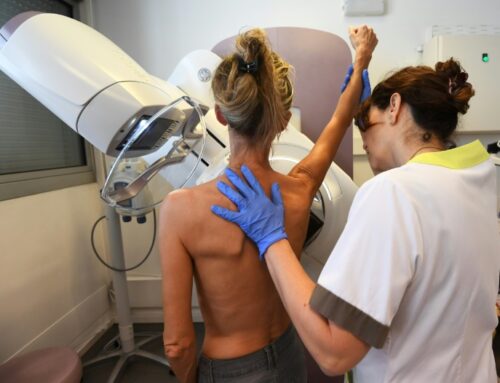Iliotibial band (ITB) syndrome is a common overuse injury that affects runners, cyclists, and other athletes. It is characterized by pain on the outside of the knee, which can be severe enough to limit activity. Despite its prevalence, there is still much debate about the causes and best treatments for it. In this article, we will review the current evidence on ITB syndrome and provide some guidance for those who are dealing with this condition.
What is ITB Syndrome?
The iliotibial band is a thick band of tissue that runs from the hip down to the knee. It helps to stabilize the knee during movement and provides support to the leg muscles. When this band becomes tight or inflamed, it can cause pain on the outside of the knee, which is known as ITB syndrome.
What Causes ITB Syndrome?
There are several factors that can contribute to ITB syndrome:
1. Overuse: Repetitive movements such as running or cycling can cause irritation and inflammation of the ITB.
2. Poor biomechanics: Issues with foot placement, leg alignment, or muscle imbalances can put extra stress on the ITB.
3. Training errors: Increasing mileage or intensity too quickly can lead to overuse injuries like it.
4. Poor equipment: Worn-out shoes or improper bike fit can contribute to it.
![]()
Symptoms of ITB Syndrome
The most common symptom of it is pain on the outside of the knee that worsens with activity. The pain may be sharp or dull and may radiate up into the hip or down into the calf. Some people also experience swelling or a clicking sensation in their knee.
Diagnosis
It is usually diagnosed based on a physical exam and medical history. Your doctor may also order imaging tests such as an MRI or X-ray to rule out other conditions.
Treatment
The treatment for it depends on the severity of the injury. In most cases, conservative measures such as rest, ice, and anti-inflammatory medications are enough to relieve symptoms. Physical therapy can also be helpful in addressing muscle imbalances and improving biomechanics.
In more severe cases, corticosteroid injections or surgery may be necessary to alleviate pain and inflammation.
Prevention
To prevent ITB syndrome, it is important to:
1. Gradually increase mileage or intensity of activity.
2. Wear proper footwear and equipment.
3. Address any muscle imbalances or biomechanical issues through physical therapy.
4. Incorporate strength training exercises into your routine to improve overall muscle function.
Conclusion
It is a common overuse injury that can be frustrating for athletes. While there is still much debate about the causes and best treatments for this condition, there are some general guidelines that can help prevent and manage it. If you are experiencing knee pain, it is important to see a healthcare professional for an accurate diagnosis and treatment plan. With proper care, most people with ITB syndrome can return to their normal activities without pain or limitations.
What is ITB Syndrome?
The iliotibial band is a thick band of tissue that runs from the hip down to the knee. It helps to stabilize the knee during movement and provides support to the leg muscles. When this band becomes tight or inflamed, it can cause pain on the outside of the knee, which is known as ITB syndrome.





